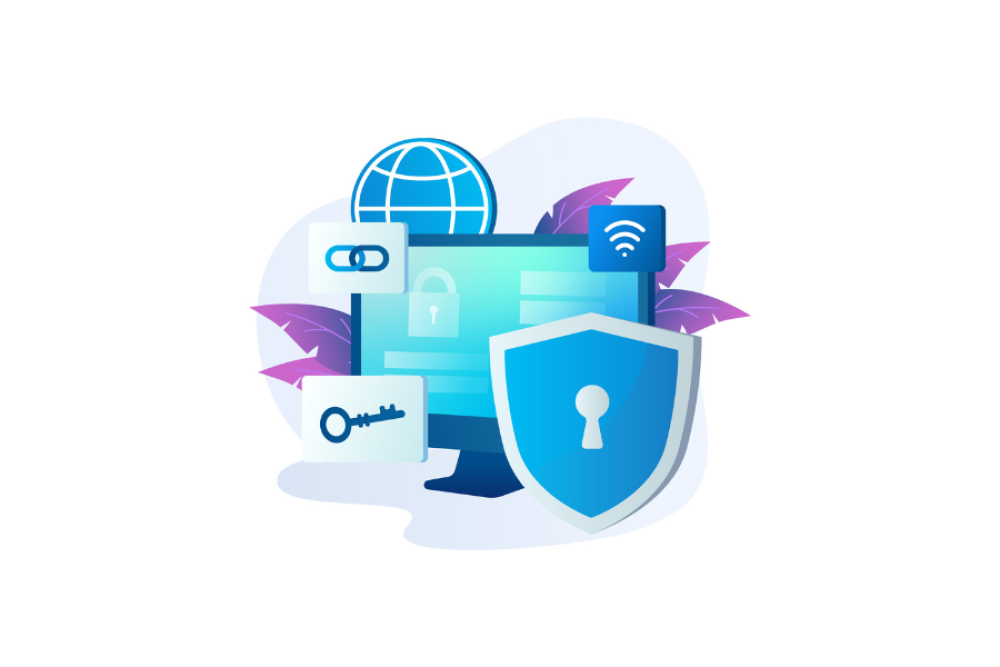5 ways to prevent fraud in digital banking transactions Written on

As digital banking transactions continue to grow in popularity, the risk of fraud also increases. Fraudsters are constantly looking for ways to steal sensitive information and money from unsuspecting victims and financial institutions are their natural targets.
But what can a bank or fintech do to secure customers’ assets, protect their reputation and prevent fraud in digital banking transactions? In this article, we’ll explore 5 different ways in which you can protect your organization and your customers.
5 strategies to protect your customers and your organization
Identity theft is a significant concern in the financial services industry, with the potential to cause serious damage to individuals and organizations alike. When a criminal gains access to customers’ personal information, they can use it to open new accounts, make fraudulent purchases, and even take out loans or lines of credit in the victim's name. These activities can leave the victim with a damaged credit score, substantial debts, and a significant amount of stress and anxiety.
The impact of identity theft on financial services can also be far-reaching. When a financial institution experiences a data breach or other security incident, it can lead to significant financial losses, as well as damage to the organization's reputation. In some cases, a data breach may result in regulatory fines, legal action, or other penalties, depending on the severity of the incident and the degree of responsibility of the organization. It's essential for banks and fintechs to take steps to protect against it.
Here are five strategies to protect your organization and your customers from fraud in digital banking transactions:
Educate customers on security best practices
An important aspect of fraud prevention is educating your customers on security best practices. Providing customers with resources, such as educational materials, training programs, and regular updates on security best practices, can help them better understand how to protect themselves from these threats. Financial institutions can also offer interactive training sessions or webinars that provide real-world scenarios and best practices for avoiding fraud.
Implement strong security measures
To prevent fraud, your bank must implement robust security measures. This includes using strong encryption for data protection, regularly updating security software and operating systems, and implementing a multi-factor authentication strategy. By making these security measures a priority, you can help protect your customers' accounts from unauthorized access and fraudsters.
Perform real-time transaction monitoring
Real-time transaction monitoring involves using software that analyzes transactions in real time, looking for patterns or anomalies that indicate potential fraud. By detecting and flagging suspicious transactions as they occur, banks can quickly respond and prevent further fraudulent activity.
Deploy fraud detection algorithms
Fraud detection algorithms use machine learning and artificial intelligence to analyze large datasets of transactions and identify patterns or anomalies that may indicate fraud. By continuously learning and adapting to new threats and trends, these algorithms can help banks stay ahead of fraudsters and prevent fraudulent activity.
Implement face authentication to verify customers' identity
There's nothing as unique as your facial traits. That's why face authentication is one of the most secure ways to authenticate users, in any industry. For banking, it provides an additional layer of security. From withdrawing funds to making transfers, banks can use face authentication to verify customers' identities, ensuring that only authorized users are accessing their accounts and performing transactions.
For optimal security, face authentication should be implemented as part of a multi-factor authentication strategy, combined with other security measures. Banks must also prioritize customer privacy and data protection by ensuring that all customer data is collected, stored, and used in a secure and ethical manner.
💡 Some of the technologies that have been proven to prevent fraud in the financial industry include face authentication, fraud detection algorithms, and transaction monitoring.
What’s in it for you?
There’s no silver bullet to address security concerns in the financial industry. It takes a holistic approach, from educating customers on security best practices, implementing strong security measures, performing real-time transaction monitoring, deploying fraud detection algorithms, and implementing face authentication.
Face authentication, in particular, provides an additional layer of security for digital banking transactions, making it one of the most secure ways to verify a customer's identity. Download our eBook to better understand the benefits of face authentication for fraud prevention in digital banking transactions.






